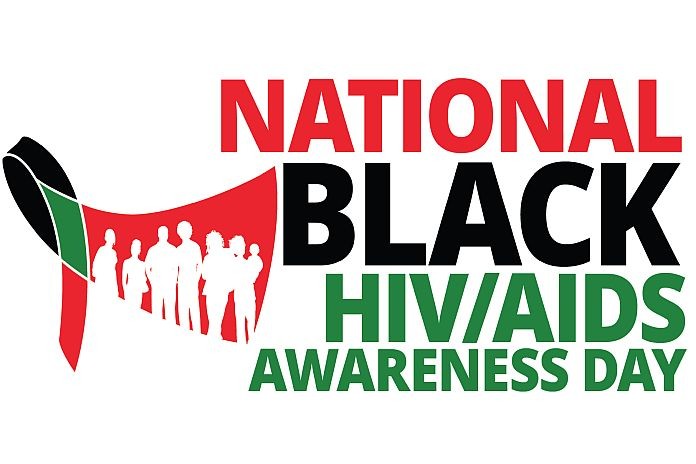ATLANTA, USA, (CDC) – Despite overall progress in reducing HIV transmission in the United States, HIV continues to affect some groups more than others due to longstanding and ingrained barriers. Black or African American (hereafter referred to as Black) people account for a higher proportion of new HIV infections, compared to other races and ethnicities. Black people accounted for 13 percent of the US population but 40 percent of people with HIV in 2019, according to CDC estimates.
HIV disparities can and must end. Racism, longstanding systemic inequities, social and economic marginalization, residential segregation, unequal reach of HIV prevention and treatment, and higher levels of HIV in some communities are among the factors that have contributed to these troubling and persistent disparities.
A CDC report published today, ahead of National Black HIV/AIDS Awareness Day on February 7, finds 52 percent of Black adults with diagnosed HIV resided in areas in the country with higher Social Vulnerability Index (SVI) scores—often residentially segregated communities comprised predominately of Black people. The report underscores the continuing, urgent need to address the social determinants that contribute to disparities and better deliver HIV prevention and care to people who need it most.
A separate report by New York State health officials and CDC found, in the state of New York, that COVID-19 vaccination coverage was lower among adults with HIV than the general adult population; and that Black people with HIV were among groups with the lowest COVID-19 vaccination coverage. People engaged in HIV care were more likely to be vaccinated than people not engaged in HIV care. The report emphasizes the need for interventions to help people with HIV get into and stay in HIV care, get vaccinated, and stay up-to-date on COVID-19 vaccines according to CDC guidelines.
To achieve health equity and end the HIV epidemic, the nation must overcome barriers that, for far too long, have stood between some people and highly effective HIV prevention and treatment tools. CDC is working with partners on many fronts, and through the federal Ending the HIV Epidemic in the U.S.external icon initiative, to focus resources to communities that could most benefit from key, science-based HIV treatment and prevention strategies that are scaled up in innovative ways to reach populations equitably.
Please attribute the following quote to Demetre Daskalakis, MD, MPH, Director of CDC’s HIV Prevention Program
“Despite tremendous progress in reducing HIV transmission since the height of the epidemic, HIV continues to disproportionately affect Black people in America. Health disparities are not inevitable and can be addressed. The advanced, highly effective HIV prevention and treatment tools and COVID-19 vaccines that have been accessed by some must be accessible to all. While there is no simple solution to equity, our nation must finally tear down the wall of factors – systemic racism, homophobia, transphobia, HIV-related stigma, and other ingrained barriers – that still obstructs these tools against HIV and COVID-19 from equitably reaching the people who could benefit from them.”





